Varicose Veins
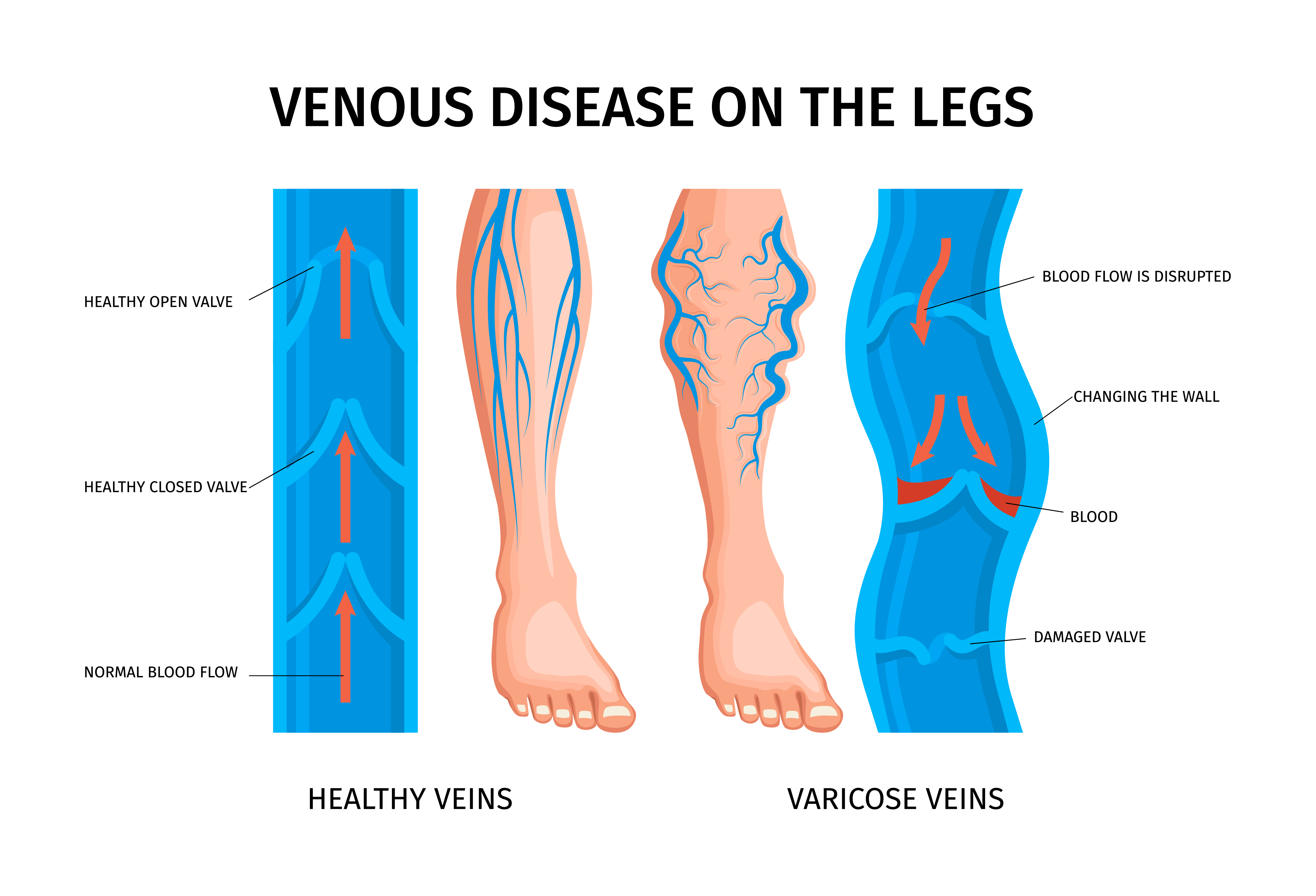
What Are Varicose Veins ?
Varicose veins are enlarged, swollen, and twisted veins that often appear blue or dark purple. They are usually raised above the skin’s surface and can look like rope-like cords.
They happen when veins become overfilled with blood because the valves that keep blood flowing correctly toward the heart weaken or fail. This causes blood to pool in the veins.
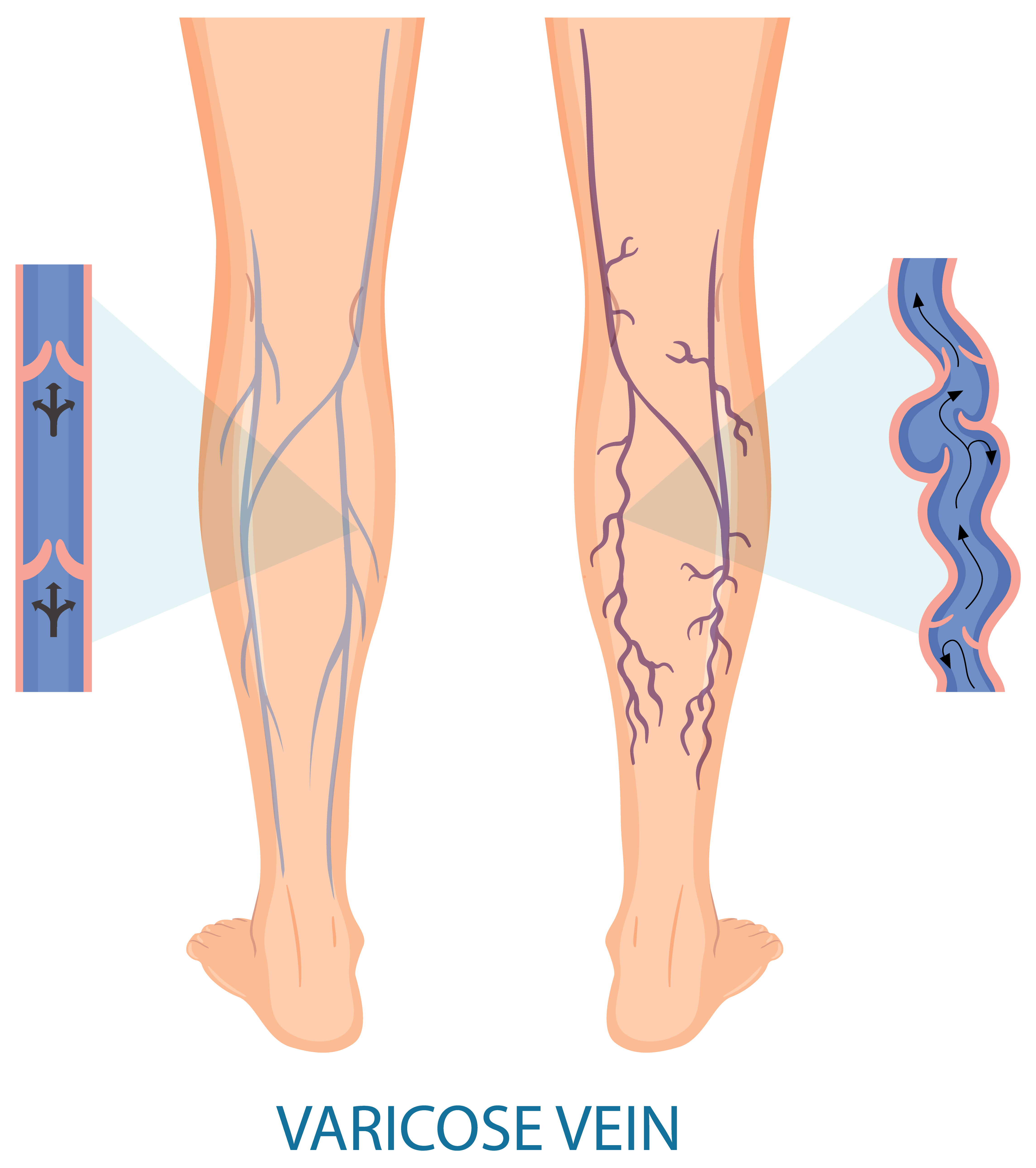


📍 Where Do Varicose Veins Appear?
- Back of the calves and thighs
- Inside of the legs
- Feet and ankles Rarely
- Pelvic area
- Rectum (hemorrhoids are a type of varicose vein)
🧬 Why Do They Form?
Varicose veins develop mainly due to increased pressure in the veins. Key factors include:
- Aging (veins lose elasticity and valves weaken)
- Pregnancy (hormonal changes and increased blood volume)
- Prolonged standing or sitting (especially jobs like teachers, nurses, retail workers)
- Obesity (extra pressure on veins)
- Family history
- Hormonal changes (birth control pills, menopause)
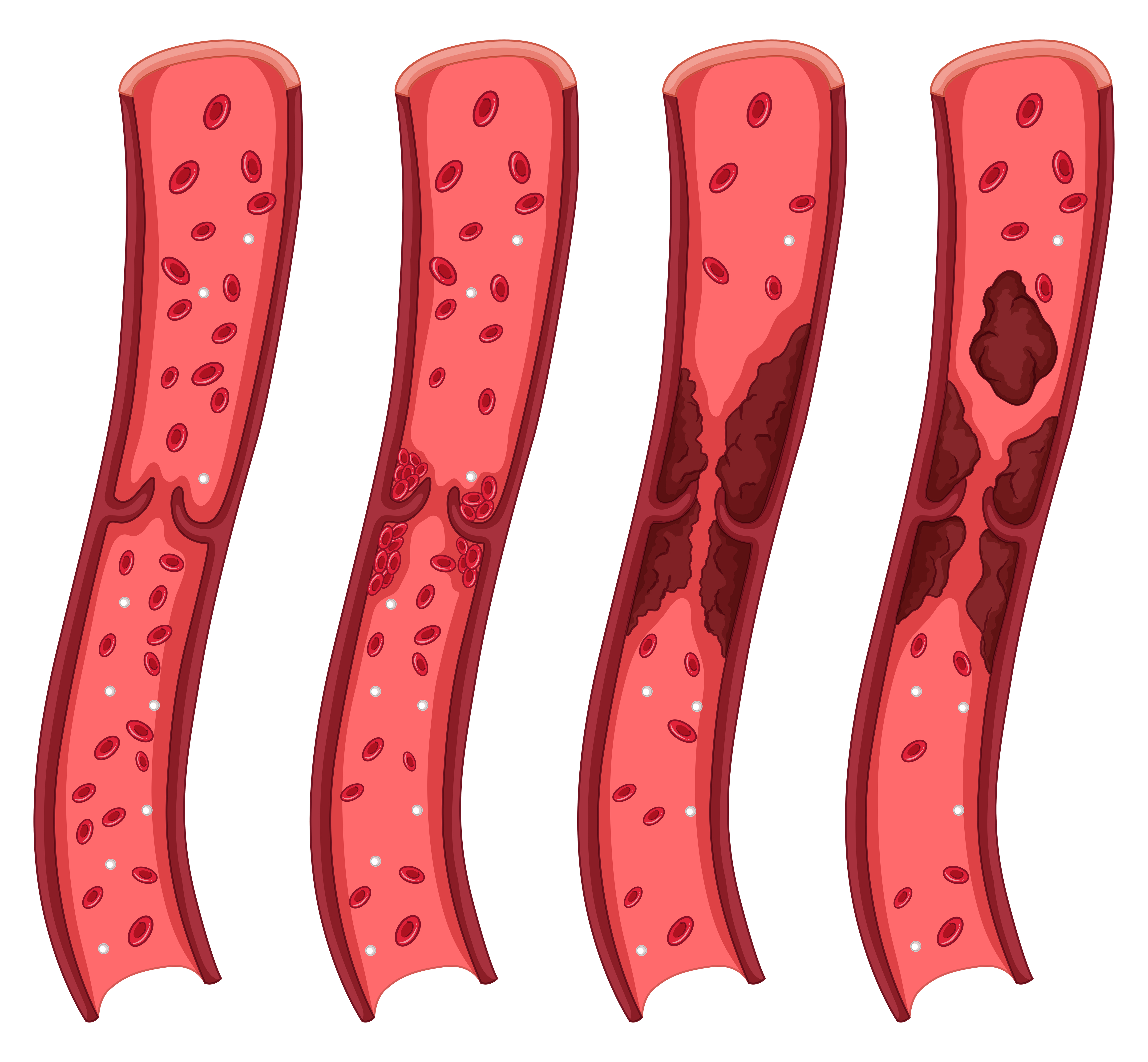
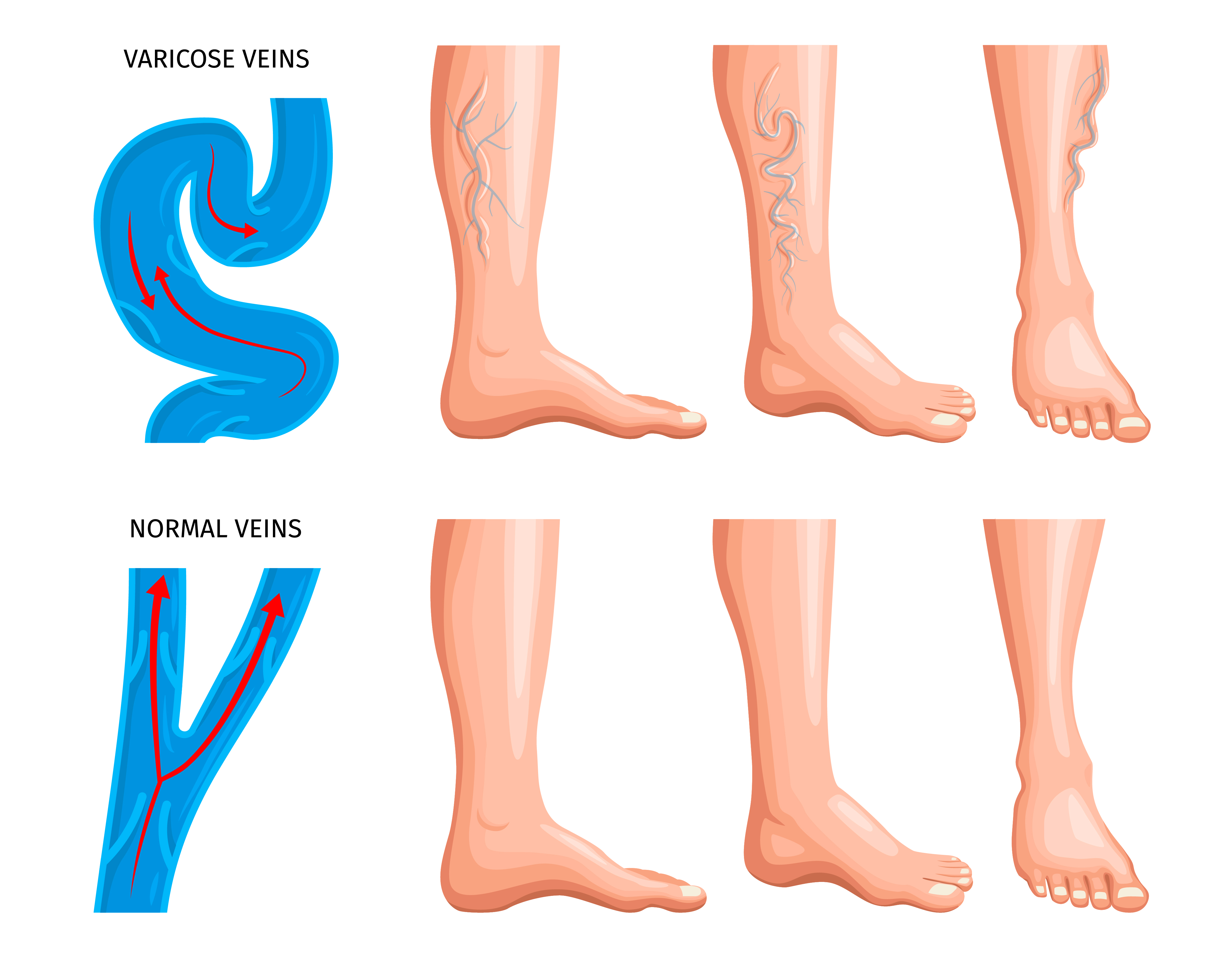
🩺 Are They a Sign of a Bigger Problem?
Sometimes, yes. While many varicose veins are simply cosmetic, serious cases can lead to:
- Pain or aching legs
- Swelling
- Skin discoloration (brownish patches)
- Itching or burning over the vein
- Ulcers (especially around the ankles)
- Blood clots (deep vein thrombosis, DVT)
🛠️ Varicose Vein Treatment Options
- Sclerotherapy
- Radiofrequency Ablation
- Venaseal
- Varithena
- Vein Stripping and Ligation (Surgical)
- Ambulatory Phlebectomy
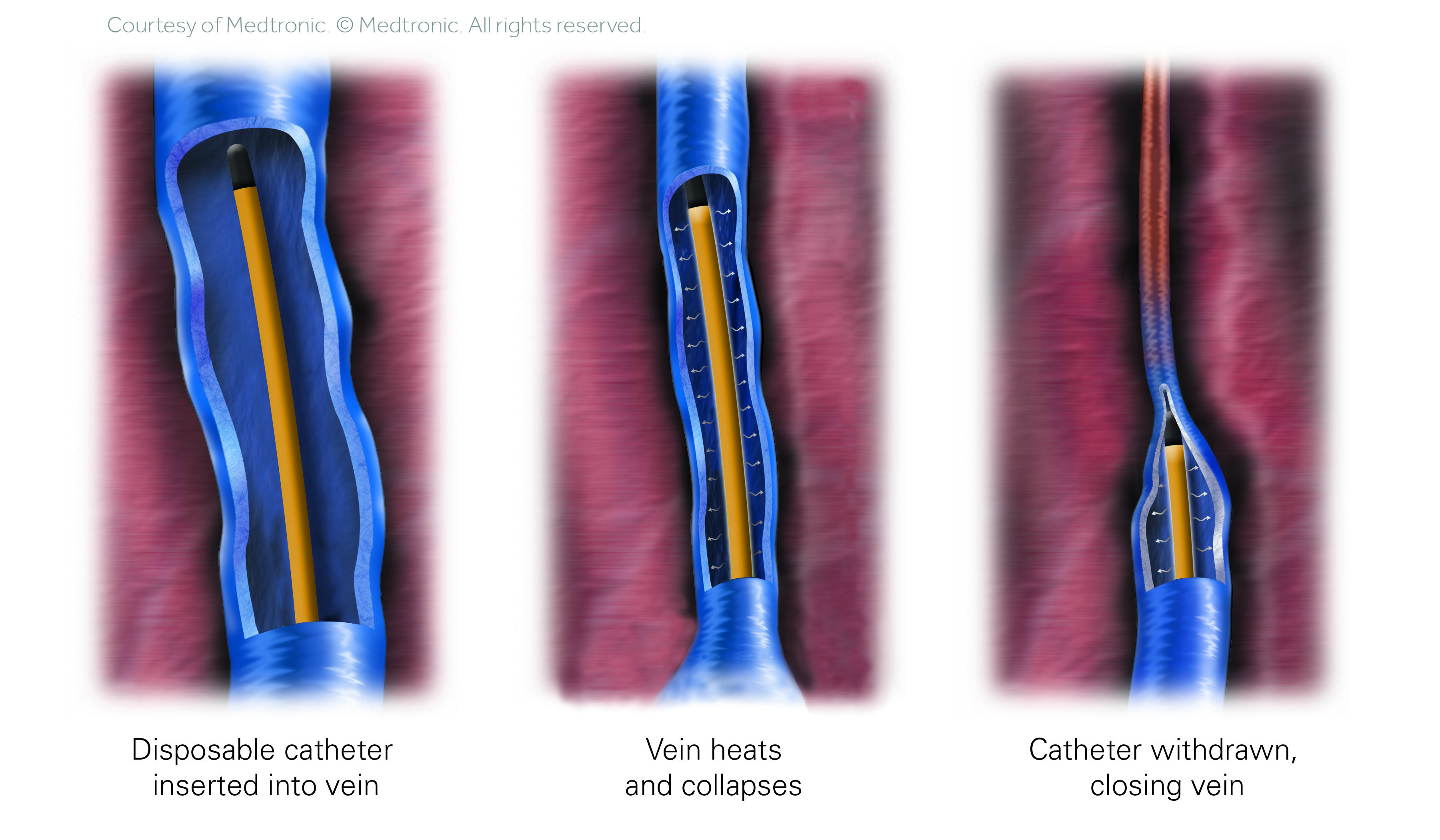
Frequently Asked Questions
Varicose veins are enlarged, twisted veins that most commonly occur in the legs and feet due to weakened vein walls and faulty valves. They are often visible under the skin and may appear blue or purple.
Return quickly to an active lifestyle!
